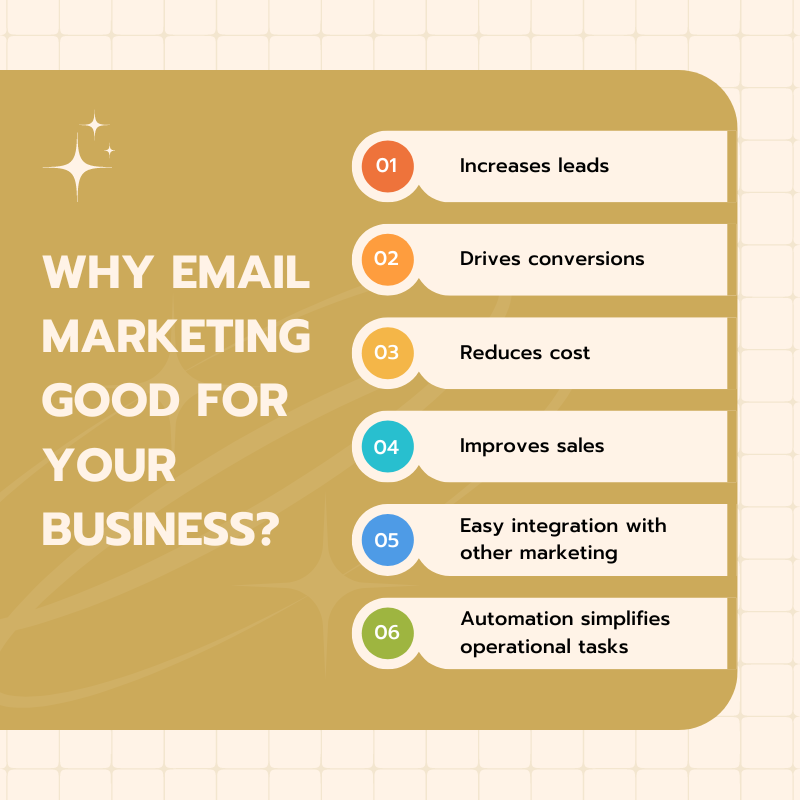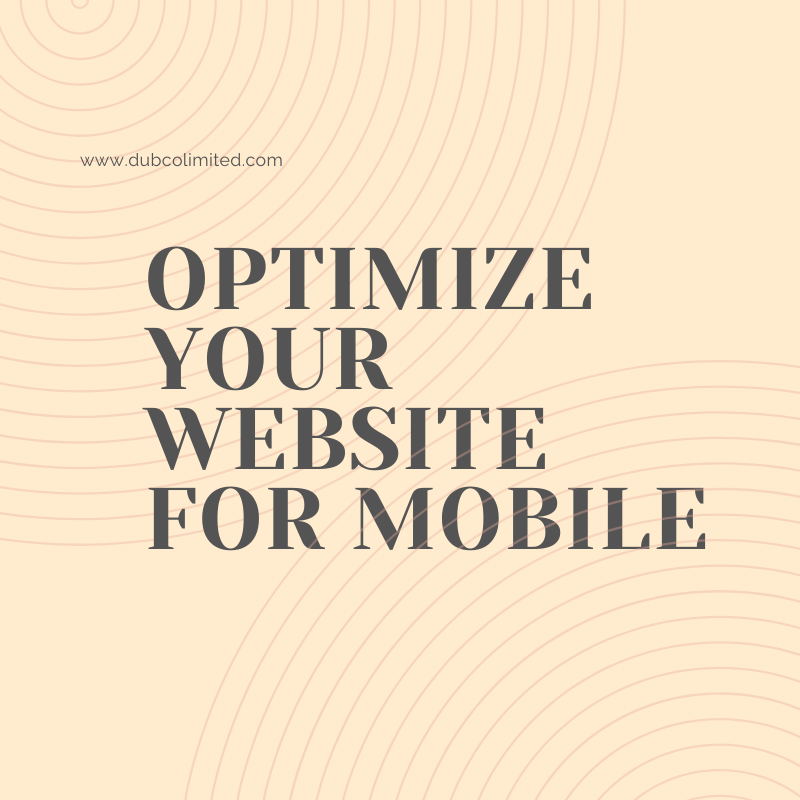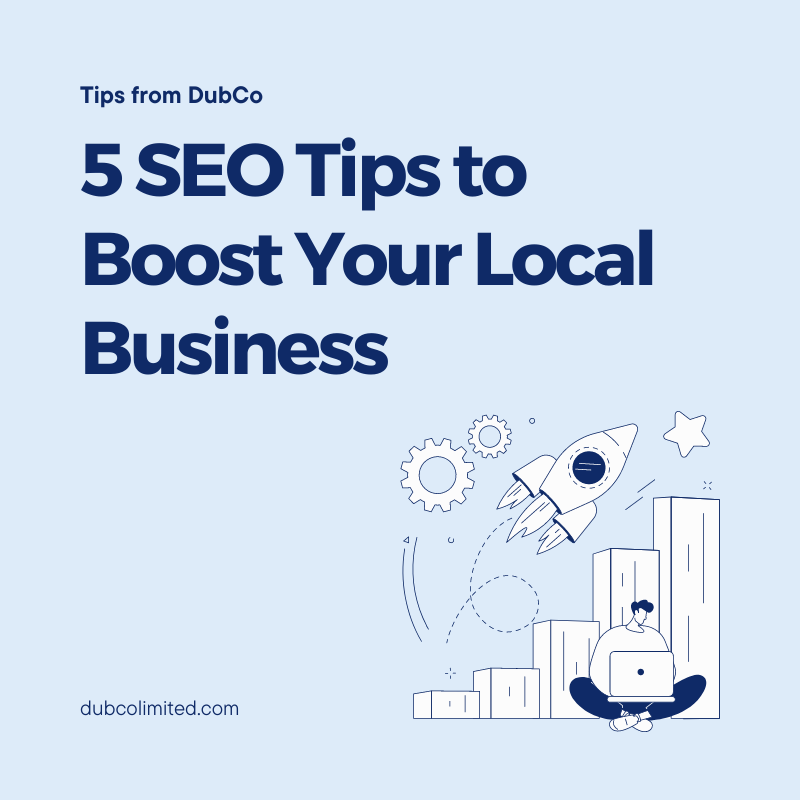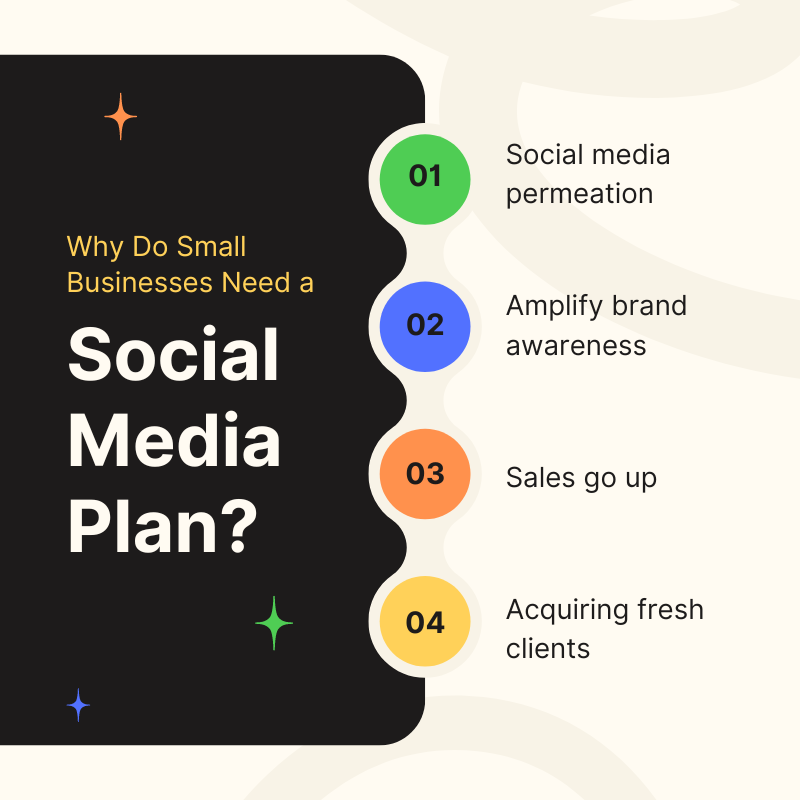How to Create an Effective Email Marketing Campaign
Master the Art of Email Marketing: Step-by-Step Guide to Creating Campaigns That Engage, Convert, and Drive Business Growth.

Email marketing remains one of the most powerful tools for businesses to connect with their audience, drive engagement, and boost sales. Despite the rise of social media and other digital marketing channels, email marketing consistently delivers the highest ROI, with an average return of $42 for every $1 spent. However, creating an effective email marketing campaign isn’t as simple as hitting “send” on a mass email. It requires careful planning, targeted strategies, and continuous optimization. In this guide, we’ll walk you through the steps to create an effective email marketing campaign that drives real results.
Setting Clear Objectives for Your Email Marketing Campaign
Before you even start drafting your first email, it’s crucial to set clear objectives for your campaign. Without specific goals, it’s impossible to measure success or know what to improve. Your objectives should align with your overall business goals and be SMART: Specific, Measurable, Achievable, Relevant, and Time-bound.
Types of Objectives You Might Consider:
- Increasing Brand Awareness: Use email marketing to introduce your brand to new audiences or reinforce your presence among existing customers.
- Driving Traffic to Your Website: Encourage subscribers to visit your website to read a new blog post, explore a product, or learn more about your services.
- Generating Leads or Sales: Focus on converting subscribers into paying customers through promotional offers, product launches, or sales events.
- Promoting a Product Launch or Special Event: Use your email list to create buzz around a new product or an upcoming event.
By clearly defining your objectives, you can tailor your email content and strategy to meet these goals, ensuring that every email you send serves a purpose.
Building and Segmenting Your Email List
An effective email marketing campaign starts with a high-quality email list. But quantity isn’t everything—quality matters more. Building a list of engaged, interested subscribers is key to your campaign’s success.
Steps to Build Your Email List:
- Use Lead Magnets: Offer something valuable in exchange for an email address. This could be an eBook, a discount code, access to a webinar, or exclusive content.
- Encourage Sign-Ups: Place sign-up forms prominently on your website, blog, and social media profiles. Make the process simple and straightforward.
- Leverage Offline Opportunities: If you have a physical location, encourage customers to sign up for your email list at the point of sale or during events.
Once you have a list, the next step is to segment it. List segmentation involves dividing your subscribers into smaller groups based on specific criteria, such as demographics, purchase history, or engagement level. Segmented lists allow you to send more personalized and relevant emails, which can lead to higher open and click-through rates.
Ways to Segment Your Email List:
- Demographics: Age, gender, location, and job title can all be used to tailor your messaging.
- Behavioral Data: Segment based on past purchases, browsing history, or engagement with previous emails.
- Engagement Level: Identify and target your most engaged subscribers differently from those who haven’t interacted with your emails in a while.
SEO Benefit: Segmented emails are more likely to resonate with your audience, leading to better engagement and lower unsubscribe rates, which can positively impact your overall email marketing performance.
Crafting Compelling Email Content
Now that you have your objectives and a segmented list, it’s time to craft the content of your emails. Effective email content is engaging, valuable, and aligned with your campaign goals.
Key Elements of Effective Email Content:
- Subject Line: Your subject line is the first thing subscribers see, and it’s crucial for grabbing their attention. Keep it concise, clear, and compelling. Avoid spammy language, and consider using personalization to increase open rates.
- Body Copy: The body of your email should be clear, concise, and focused on a single message or call to action. Use a conversational tone that speaks directly to your audience, and make sure the content is relevant to the segment of your list you’re targeting.
- Call to Action (CTA): Every email should have a clear CTA that tells the reader what you want them to do next, whether it’s to visit your website, make a purchase, or sign up for an event. Make your CTA stand out visually, and use action-oriented language.
- Design and Layout: Your email’s design should be visually appealing and easy to read on both desktop and mobile devices. Use a clean layout with plenty of white space, and ensure that your email is responsive so it looks good on any screen size.
Examples: Consider a retail brand launching a new product. The subject line might read, “Be the First to Shop Our New Collection!” The body copy would include a brief introduction to the product, high-quality images, and a CTA like “Shop Now.” The email could be segmented so that subscribers who have previously purchased similar products receive a personalized recommendation.
Timing and Frequency of Your Email Campaigns
When and how often you send emails can significantly impact the success of your campaign. Sending too many emails can overwhelm your subscribers and lead to higher unsubscribe rates, while sending too few can result in missed opportunities to engage.
Best Times to Send Emails: Studies show that the best times to send emails for optimal open rates are typically mid-week (Tuesday to Thursday) and during mid-morning (10 AM) or early afternoon (1-3 PM). However, these times can vary depending on your audience, so it’s essential to test and analyze the results for your specific subscriber base.
Determining Frequency: The ideal email frequency depends on your audience and the type of content you’re sending. For most businesses, a frequency of once a week or bi-weekly works well. However, if you have time-sensitive offers or high engagement rates, you might opt for more frequent emails.
A/B Testing: Use A/B testing to determine the best send times and frequencies. Test different times, days, and frequencies to see what resonates most with your audience and results in higher open and engagement rates.
SEO Benefit: Consistent email timing and frequency can help maintain engagement and keep your brand top of mind, leading to better long-term relationships with your subscribers.
Analyzing and Optimizing Your Campaign Performance
Creating an effective email marketing campaign doesn’t end when you hit “send.” It’s crucial to analyze the performance of your emails and continuously optimize based on the data.
Key Metrics to Monitor:
- Open Rates: The percentage of recipients who open your email. This metric helps you understand how well your subject lines are performing.
- Click-Through Rates (CTR): The percentage of recipients who click on links within your email. A high CTR indicates that your content and CTAs are engaging.
- Conversion Rates: The percentage of recipients who complete the desired action, such as making a purchase or signing up for an event.
- Unsubscribe Rates: The percentage of recipients who opt out of your email list. A high unsubscribe rate may indicate that your content isn’t resonating with your audience.
Tools and Techniques:
- Email Marketing Software: Use platforms like Mailchimp, Constant Contact, or HubSpot to track and report on your email campaign performance.
- A/B Testing: Test different elements of your emails—such as subject lines, content, and CTAs—to see what drives the best results.
- Continuous Improvement: Use the insights gained from your analysis to refine your strategy. For example, if you notice a drop in open rates, you might need to revisit your subject lines or segment your list more effectively.
Conclusion
Creating an effective email marketing campaign involves a strategic approach that starts with setting clear objectives and building a quality email list. By crafting compelling content, timing your emails thoughtfully, and continuously analyzing and optimizing your campaigns, you can create a powerful email marketing strategy that drives real results for your business.
FAQ
How do I avoid my emails being marked as spam?
To avoid your emails being marked as spam, always use a reputable email marketing service, get permission from recipients before sending emails, avoid using all caps or excessive punctuation in your subject lines, and include an easy way for subscribers to opt out.
What’s the ideal length for an email marketing campaign?
The ideal length of an email campaign depends on your objectives. If you’re running a promotional campaign, a series of 3-5 emails over a few weeks might be effective. For ongoing engagement, a weekly or bi-weekly newsletter could be more appropriate.
How do I increase my email open rates?
To increase your email open rates, focus on crafting compelling and relevant subject lines, sending your emails at optimal times, and segmenting your list to ensure the content is tailored to the recipients’ interests.
By following these best practices, you can develop an email marketing campaign that not only reaches your audience but also engages and converts them, ultimately driving the growth of your business.
Insights & Resources
a b c d e f g h i j k l m n o - Do not remove from template!!! it is important to support different fonts

All Rights Reserved | DubCo LLC


